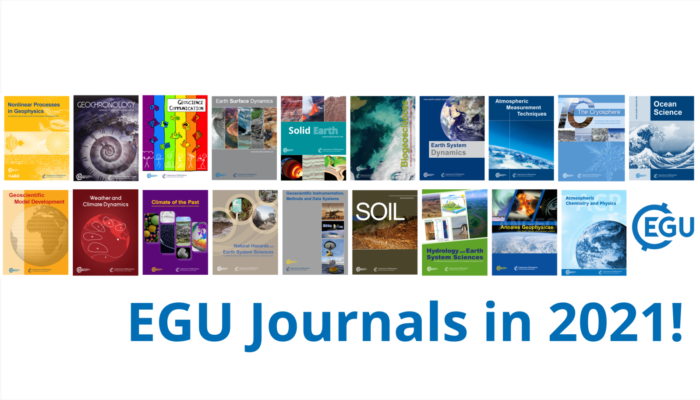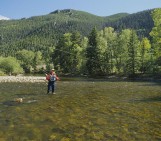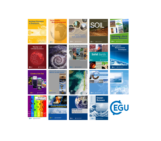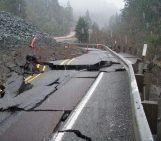
This year EGU published more than 3,375 peer-reviewed articles in our 19 Open Access journals. Upon learning about this impressive number of articles, we wondered: which of these were the most popular? You can find out in the following list of the most-read article for each EGU journal.
From rainfall-runoff prediction, tipping points and open source hazard mapping, to the use of language around fracking and earthquake risk and a look back at the eruptive history of the Deccan Traps, these popular choices accounted for half a million views in 2021!
- Annales Geophysicae (ANGEO)
Predictability of variable solar–terrestrial coupling
- Atmospheric Chemistry and Physics (ACP)
Method to quantify black carbon aerosol light absorption enhancement with a mixing state index
- Atmospheric Measurement Techniques (AMT)
- Biogeosciences (BG)
Slowdown of the greening trend in natural vegetation with further rise in atmospheric CO2
- Climate of the Past (CP)
- Earth Surface Dynamics (ESurf)
- Earth System Dynamics (ESD)
Interacting tipping elements increase risk of climate domino effects under global warming
- Geochronology (GChron)
An evaluation of Deccan Traps eruption rates using geochronologic data
- Geoscience Communication (GC)
Fracking bad language – hydraulic fracturing and earthquake risks
- Geoscientific Instrumentation, Methods and Data Systems (GI)
First evaluation of an absolute quantum gravimeter (AQG#B01) for future field experiments
- Geoscientific Model Development (GMD)
fv3gfs-wrapper: a Python wrapper of the FV3GFS atmospheric model
- Hydrology and Earth System Sciences (HESS)
Rainfall–runoff prediction at multiple timescales with a single Long Short-Term Memory network
- Natural Hazards and Earth System Sciences (NHESS)
HazMapper: a global open-source natural hazard mapping application in Google Earth Engine
- Nonlinear Processes in Geophysics (NPG)
Recurrence analysis of extreme event-like data
- Ocean Science (OS)
FES2014 global ocean tide atlas: design and performance
- SOIL
SoilGrids 2.0: producing soil information for the globe with quantified spatial uncertainty
- Solid Earth (SE)
Evaluating seismic beamforming capabilities of distributed acoustic sensing arrays
- The Cryosphere (TC)
The tipping points and early warning indicators for Pine Island Glacier, West Antarctica
- Weather and Climate Dynamics (WCD)
The wave geometry of final stratospheric warming events




